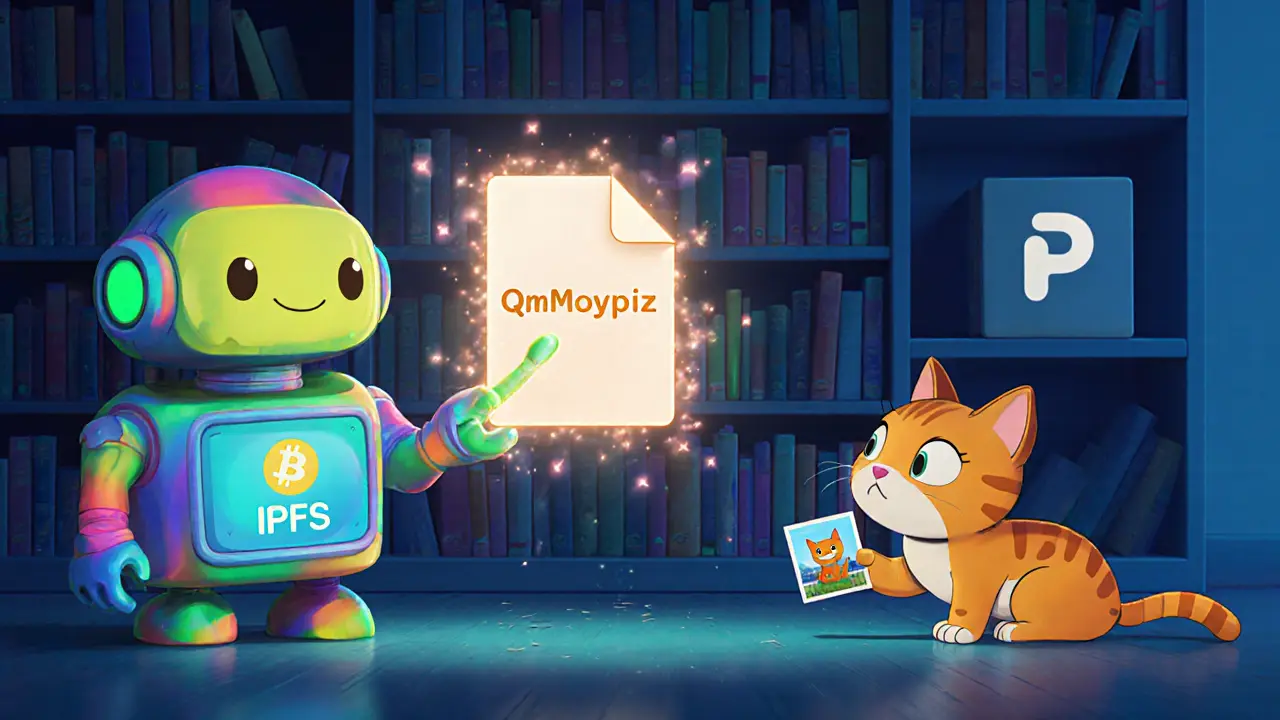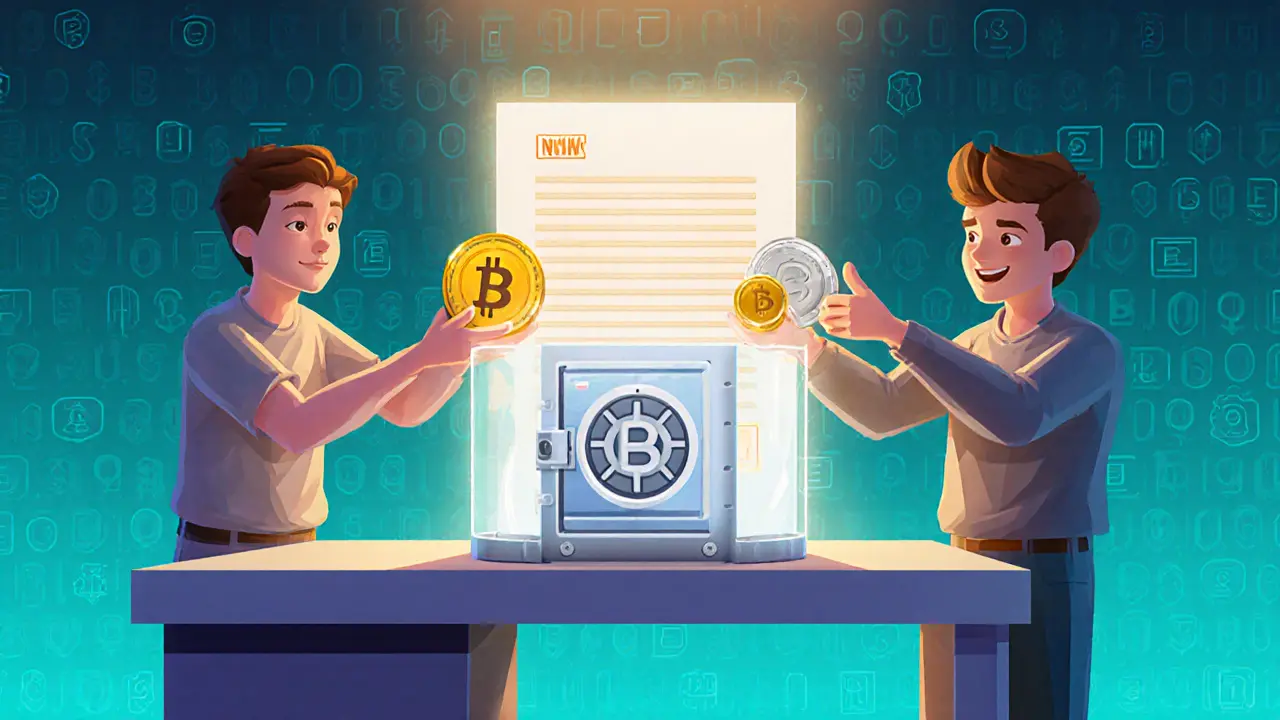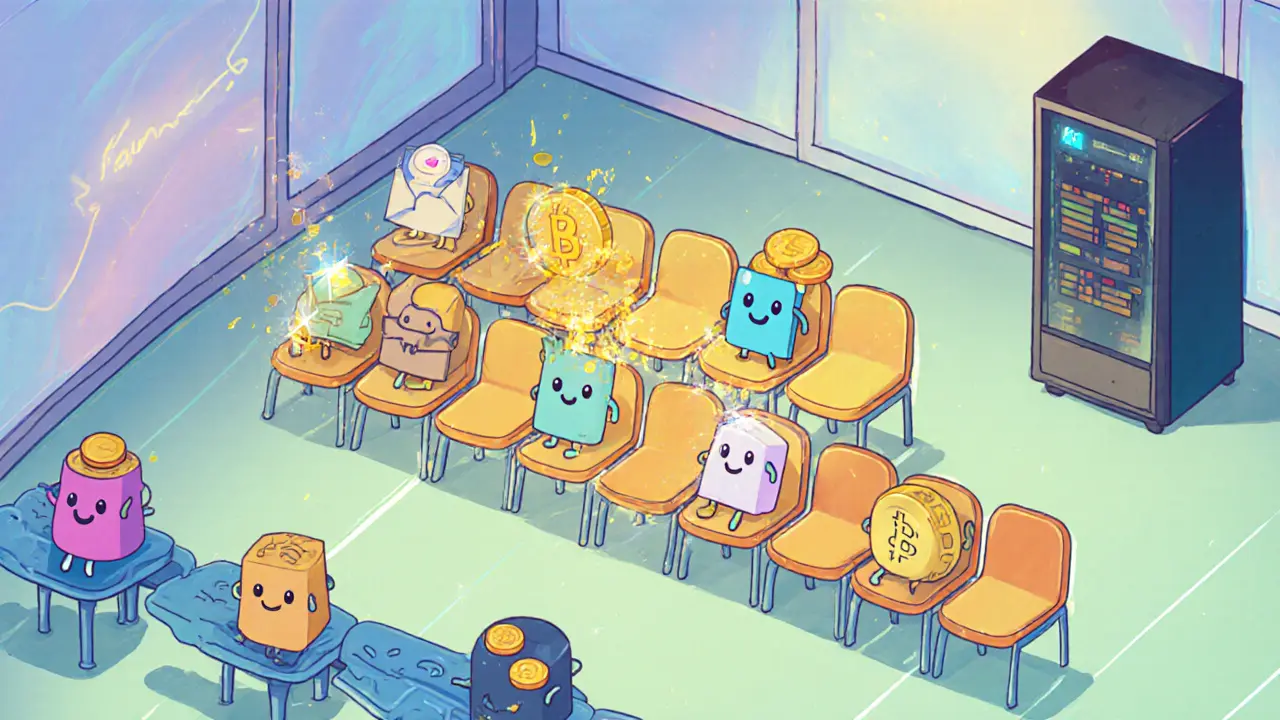Blockchain Technology: Foundations, Trends & Practical Guides
When working with Blockchain Technology, the underlying framework that enables decentralized digital ledgers, smart contracts, and tokenized assets. Also known as distributed ledger technology, it forms the backbone of modern crypto ecosystems. A Decentralized Exchange (DEX), a platform that matches buy and sell orders directly on-chain without a custodian showcases how blockchain removes middlemen, while a Smart Contract Wallet, a programmable wallet built on account abstraction that can handle gasless transactions and social recovery demonstrates the next level of user‑centric security. Blockchain technology encompasses these innovations, requires robust consensus mechanisms, and is influenced by emerging security standards like quantum‑resistant algorithms. Together they shape the future of finance, gaming, and data marketplaces.
Key Topics Covered
Every blockchain transaction starts in the mempool, a waiting area where miners or validators pick which jobs to confirm. Mempool priority depends on fee bids, transaction size, and network congestion, so understanding how miners rank jobs can shave minutes off confirmation times. This dynamic ties directly back to the core protocol’s fee market, a crucial piece of blockchain technology that balances user demand with network security. Mastering mempool mechanics gives you a tactical edge when moving assets on Bitcoin or Ethereum.
Security never stays static. As quantum computers near practical capability, traditional elliptic‑curve cryptography faces a serious threat. Quantum‑Resistant Algorithms, cryptographic schemes designed to survive attacks from quantum processors are being standardized by NIST, with candidates like CRYSTALS‑Kyber and Dilithium already entering testnets. Integrating these algorithms into blockchain protocols influences consensus design, key management, and future‑proofing strategies, ensuring that blockchain technology remains trustworthy even in a post‑quantum world.
Scalability is another hot topic, and state channels provide a practical answer. By opening a private off‑chain ledger between participants, you can settle dozens or hundreds of micro‑transactions instantly, then submit a single settlement proof to the main chain. This approach powers solutions such as the Lightning Network for Bitcoin and similar scaling layers for Ethereum. Understanding how to open and close state channels equips developers with tools to build high‑throughput applications without sacrificing the security guarantees of the underlying blockchain.
Real‑world projects illustrate how these concepts converge. Take Quadrant Protocol (EQUAD), a data‑marketplace built on a proof‑of‑authority blockchain. It leverages dual‑token economics, smart contract wallets for data buyers, and DEX‑style liquidity pools to trade data assets. Examining such use cases shows how blockchain technology can power niche ecosystems while reusing the same building blocks—consensus, smart contracts, and token standards—that power mainstream DeFi.
Below you’ll find a curated collection of deep‑dive articles that walk through each of these areas step by step. Whether you’re looking to tweak your transaction fees, experiment with quantum‑safe cryptography, or build a state‑channel‑enabled dApp, the guides here will give you actionable insights and clear roadmaps.
ERC-4337 Account Abstraction Standard: How Smart Wallets Are Changing Ethereum
ERC-4337 enables smart contract wallets on Ethereum without protocol changes, allowing gasless transactions, social recovery, and paymaster sponsorship. It's transforming how users interact with crypto.
IPFS vs Arweave vs Filecoin: Which Decentralized Storage Solution Fits Your Needs?
IPFS, Arweave, and Filecoin offer different ways to store data on the blockchain. IPFS is fast but temporary, Filecoin is flexible but requires ongoing payments, and Arweave offers permanent storage with a one-time fee. Here's how to choose.
- 13
- Read More
Bitcoin Nodes Count 2025: How Many Exist and Why It Matters
Discover the exact number of Bitcoin nodes in 2025, how they're spread worldwide, and why this count is crucial for the network's security and decentralization.
How Decentralized Exchanges (DEXs) Work Without Intermediaries
Learn how decentralized exchanges (DEXs) trade crypto without custodians, covering AMMs, order‑book DEXs, aggregators, fees, risks, and future trends.
- 21
- Read More
Smart Contract Wallets & Account Abstraction: A Practical Guide
Learn how account abstraction turns standard wallets into programmable smart contract wallets, enabling gasless transactions, social recovery, and custom security on Ethereum.
- 20
- Read More
Opening and Closing State Channels: A Practical Guide for Blockchain Developers
A hands‑on guide that explains how to open and close state channels, covers key components, common pitfalls, and best practices for blockchain developers.
- 24
- Read More
Understanding Mempool Priority and How Transactions Are Selected
Learn how mempool priority works, what factors miners use to pick transactions, and tips to speed up confirmations in Bitcoin and Ethereum.
- 13
- Read More
How to Transition to Quantum-Resistant Algorithms: A Practical Guide
A practical guide that explains why quantum‑resistant algorithms matter, reviews NIST's four standards, and offers a step‑by‑step plan to migrate your systems safely.
- 17
- Read More
Quadrant Protocol (EQUAD) Explained: Tokens, Tech, and Market Outlook
A detailed guide to Quadrant Protocol (EQUAD), covering its dual-token system, proof‑of‑authority tech, data marketplace mechanics, market performance, and key risks as of Oct2025.
- 15
- Read More








